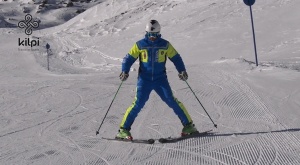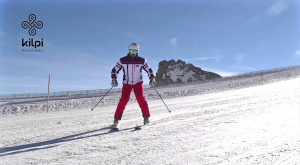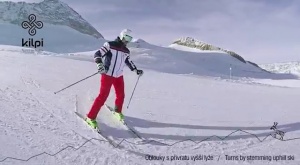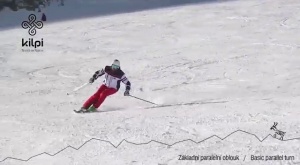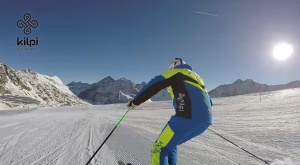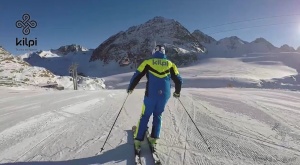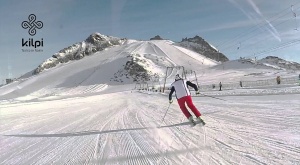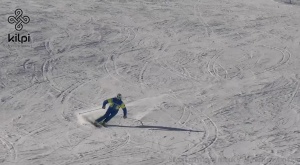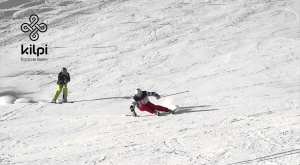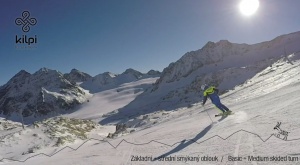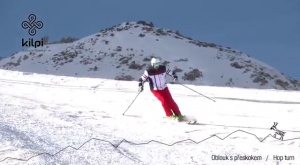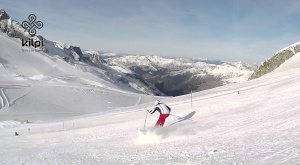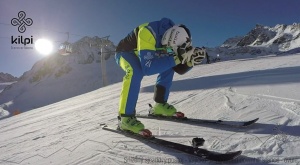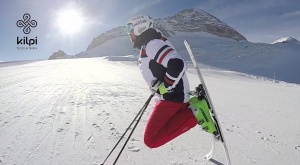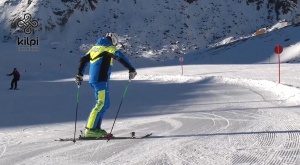 Manipulations, turnovers, hikes
Manipulations, turnovers, hikesBasic parallel turn
Purpose of the turn:
- Conducting and turning both skis in parallel position and keeping the basic downhill position
- The proper handling of this technique is necessary for further ski development
Terrain:
- Mild to moderately steep slope
Description:
We achieve the basic parallel turn due to turns by stemming uphill ski and accentuating vertical movement. By gradual elimination of stemming, we can smoothly pass to the parallel skiing. We will gradually add pole planting - at first, we must perfectly cope turning without using a stick.
We initiate a turn across the fall line. Our skis should be hip width apart. The turn is skidded throughout its whole phase. Both skis are in constant contact with the snow.
The turn can change its appearance due to the slope, the nature of the snow cover and speed riding. With increasing confidence in turning, we increase speed and thus the dynamics of performance.
Phase I. – We begin a turn across the fall line. We put the weight on the outside ski. We set this ski on the inside edge and smoothly move our centre of gravity down; our knees are forward and inside the turn. Due to strong vertical movement, our body bends and the centre of gravity of a skier is out of skis.
Phase II. - At the moment of finishing vertical movement downward, we immediately begin vertical movement upwards, thus we get the centre of gravity over the ski. The skis are in transition (neutral) phase and do not turn. In this phase, we also begin swinging our pole forward.
Phase III. - As the vertical movement upward is finished, we will plant our pole. The centre of gravity is over skis at the moment, and we smoothly pass to the next turn with the same course.
The most common errors:
- Backward lean of a skier, or centre of gravity set too back
- Insufficient weighting the outside ski
- Incorrect synchronization of the upper and lower limbs
- Lifting inside ski
- Too narrow or broad stance

